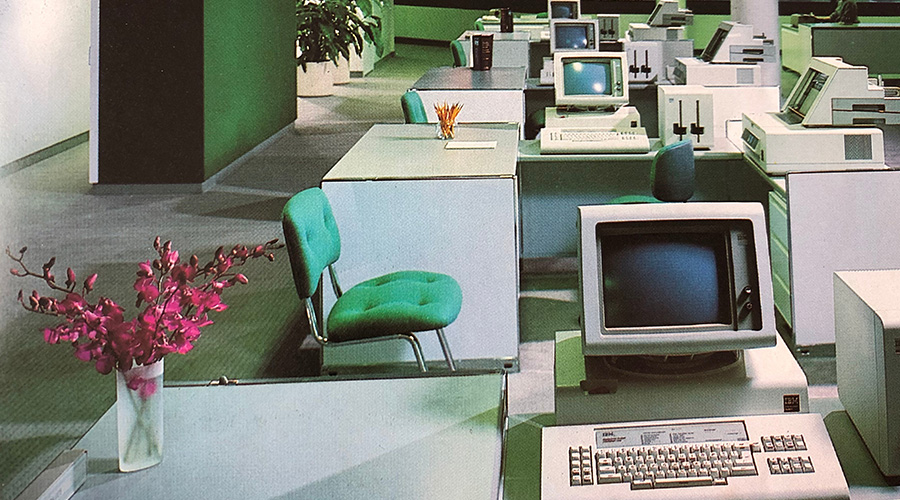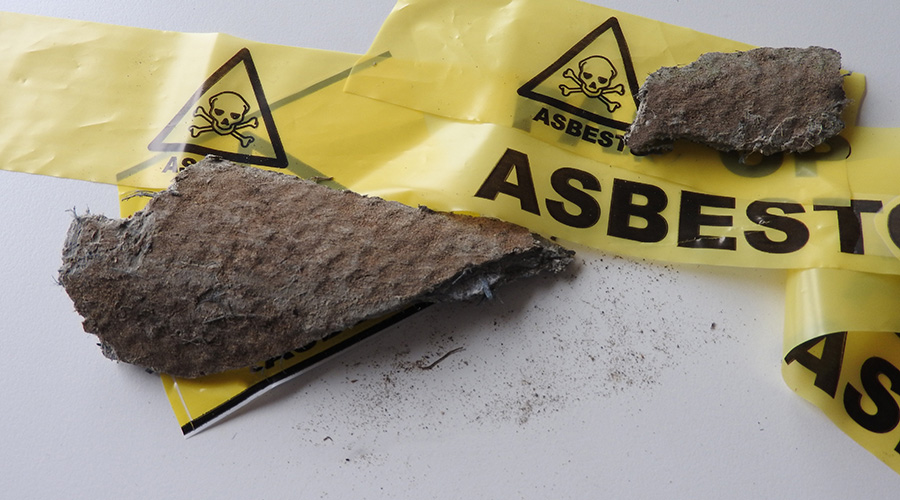3D Printing Technology Expanding in Facilities Management
Three-dimensional (3D) printing technology has been around since the early 1980s. Developed for applications in research and development and used primarily to create test parts and mock-ups, the technology was limited in its real-world usefulness. With modern materials, however, the usefulness of the end product has expanded.
Automotive manufacturers now use 3D printing technology to make parts for vehicles, aerospace manufacturers use it to make parts for airplanes, and jewelers use it to create intricately designed pieces.
What is even more fascinating about the evolution of 3D printing is the way the medical technology field has adopted it in order to produce custom prosthetic limbs, bone replacements, and scaffolding for the growth of human cells for use in customized organ and tissue repairs.
While the growth of cells is far from the facilities world, the manipulation of metals, plastics, and hybrid materials certainly is within the realm of usefulness. Imagine needing a specialty replacement part for a piece of equipment. With the use of 3D technology, you could scan the defective part or model a new version, then print a replacement part in short order, bypassing the need to research, order, and wait for the arrival of the new part. Obviously, 3D printing technology has some limits when it comes to materials, but the possibilities of its application are expanding, and printing devices are becoming more economical and more widely available.
Related Topics:














